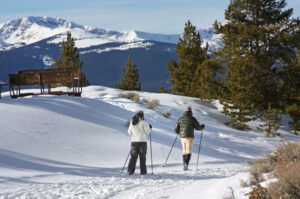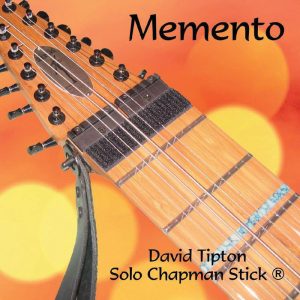By Peter Anderson
Trip Advisor
Snowflake Museum, Monarch Crest, Colorado
Date of Review: 12-15-2068
Reviewer: Fern the Flatlander
We had heard about the Snowflake Museum from friends in Kansas City and decided to make a pilgrimage for the holidays. The kids of course had never seen snow, though they had heard the occasional story. Our parents, after all, were the last generation to witness it first-hand in Kansas. But there are several spots along the Continental Divide where a skiff of snow may appear from time to time, though it is very rare anymore. It’s been ten years or so since the last sighting up on Monarch Crest, according to Professor Fairdiwell, the curator of the museum.
The wind coming down off the mountain was harsh and erratic and made for a bumpy approach in our FFD (Family Flying Device), but we were able to hover down to a landing pad that was conveniently located only a few feet from the museum entrance. God forbid we would have to get the kids to walk any farther than that. Their generation is so sedentary, but who can blame them? There is no need to go anywhere anymore with all the virtual services provided in almost every home these days.
Anyhow, the Snowflake Museum was worth a little inconvenience. We followed a path of LED lights into the dark heart of this hexagonal building, which was shaped like a snowflake. There, a motion sensor must have initiated the snow displays – hundreds of snow crystals as might be seen through a microscope projected onto the geodesic panels of the ceiling. The kids were bored because it wasn’t a three-dimensional display, but the rest of us were enthralled. It was as if we had walked into a strange new galaxy whose sky was lit up with these incredible crystalline forms: six-winged lattices, columnar prisms, crossed needles, fernlike dendrites, 12-branched stars. The background music, a minimalist electronic score of some kind, was a little plain, if not melancholy, but we thought it set an appropriate tone for the exhibit.
We were delighted to meet Professor Fairdiwell who invited us back into the lab where he produces and photographs his own snow crystals. Unless one is able to travel to the Arctic or Antarctic, he explained, it is almost impossible to witness natural snow anymore. Ever since the Dieblo Springs Corporation secured all the water rights on this side of the Divide, it is illegal to remove snow from its natural resting place. Dr. Fairdiwell says he gets around that by harvesting the snow that lands on the wings of his hovercraft which he flies into the rare storm cloud that appears on the Great Divide. If the snow hasn’t hit the ground yet, he reasons, it’s in the public domain. But those storm clouds don’t appear much anymore. The last sample he collected was back in 2058.
He was able to show us a bowl of real Colorado snow, which he had salvaged from that storm and kept in his deep freeze. He let the snow thaw a little and then gave some to the kids who made snowballs. They were so animated. It was as if they had come out of a trance. Aunt Biff recalled making a snowman in the wild once when she was a little girl traveling through Alaska.
One of the highlights of our trip to the museum was looking at some of Dr. Fairdiwell’s homemade ice crystals. We were all glad we had bundled up for our trip to the mountains since his lab was colder than it was outside. Anyhow, he showed us two seemingly identical ice crystals he had produced there. Even though they appear identical to your eyes, he said, there are likely variations in their molecular structure.
“So it’s true,” I asked him, “that no two snowflakes are alike?”
“Depends what you mean by alike,” the professor said. “At one time, I might have said that the possible number of snow crystal shapes was akin to the estimated number of atoms in the known universe. Not anymore. Here in the lab, I can control the environment to come up with shapes like this.” He seemed pleased with the “twins” he had created, but also a little wistful. “Wild snow,” he said, “was a lot more interesting.”
We could see his point. Nevertheless, we all felt closer to the real thing after a visit to his Snowflake Museum.
Peter Anderson recently retired from teaching in order to become a full-time word wrangler. He lives in Crestone.


